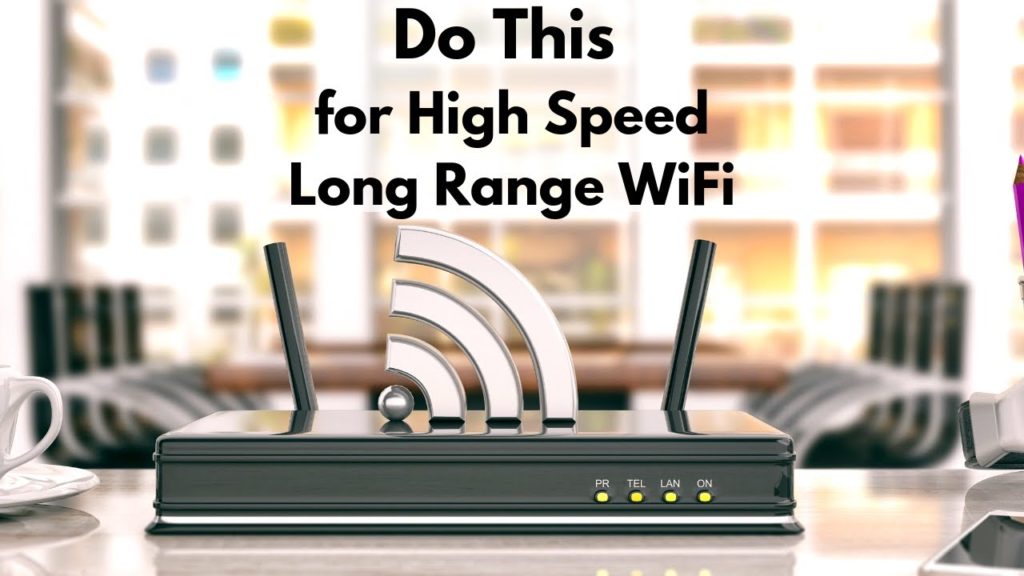Things To Avoid When Covering A Large Area With WiFI

There are a few thing you will want to avoid immediately when planning a large area WiFi solution. While these solutions may work in certain situations if the proper expectations are set and the performance limitations are understood and viable, we would recommend avoiding them altogether.
Double NAT Networks
A double NAT (network address translation) is when you connect one router behind another router. For example, connecting your TP-Link router behind the router provided by your internet service provider. While this approach will allow you to connect to the internet, you are technically creating a whole new network rather than extending an existing one. You may also run into issues when playing games online, connecting to a VPN, opening certain ports or other advanced networking configuration. Even if you broadcast the same network name and password across both routers, you will still be broadcasting two seperate networks and will not be able to communicate with other devices connected to the same network. Sorry, MacGyver, this isn’t the way to cover a large area with WiFi.
Mesh WiFi Networks
A mesh network is a method of deploying multiple access points within a single network without having to run ethernet cable to each access point. Data is essentially relayed from one access point to another wirelessly. This type of solution is growing in popularity in the residential market and in some cases can be the perfect solution depending on the required coverage area and the way that WiFi will be used within that area. The major drawback of deploying a mesh WiFi network is the loss of speed you will experience. Sometimes this speed loss can be up to 50{90d8e51f7ca1676a8990987842d736e1ffb092e84a48ba56d32458e0ebbc9f7e} with every hop within the mesh network. In some cases this is not a big deal but if you need to support activities that require high speed internet access like online gaming or watching videos then you may not get the network performance you are looking for.
Wireless Extenders/Repeaters
Wireless extenders or repeaters essentially take the worst qualities of double nat and mesh WiFi networks and combine them into one terrible solution. Similar to a double nat network, a WiFi extender or repeater essentially creates a whole new network using your existing wireless network rather than actually extending your existing one. Wireless extenders are actually even worse than mesh WiFi networks because mesh WiFi networks can relay signals from every access point connected to the mesh network while wireless extenders rely on a central antenna.
Both double natting and mesh WiFi networks are usually only implemented in residential environments due to their affordable price points and lack of advanced networking capabilities. Honestly, the residential market is where these types of solutions belong and should almost never be implemented in any type of commercial environment.
